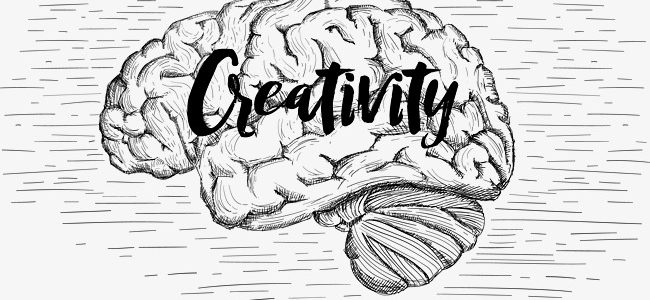Where does creativity come from?
Charles Lamb is a Johns Hopkins University brain surgeon who studies creativity and speaks about his work in a way any layman can follow; see https://www.ted.com/talks/charles_limb_your_brain_on_improv/transcript . He admits that his speciality is a little odd; as he puts it, “I have never had a patient tell me, ‘I really want you to be creative during surgery.’”
He is fascinated with jazz music and he wanted to understand jazz improvisation. He asked himself, “How can the brain generate that much information, that much music, spontaneously?” So he used a functional MRI scanner to do Blood Oxygen Level Dependent imaging which shows what area of the brain was getting more blood when jazz pianists were improvising. They wanted to study what happens in the brain during something that’s memorized and over-learned, and what happens in the brain during something that is spontaneously generated, or improvised. They found that the medial prefrontal cortex went way up in activity during improvisation compared to when playing memorized music, while the lateral prefrontal cortex went way down in activity.
What does that mean? It means that an area that’s thought to be involved in self-monitoring was turning off, and an area that’s thought to be autobiographical, or self-expressive, turning on. The more active area is an area that is less inhibited and is willing to make mistakes. He found much the same when he studied rap musicians. He notes this all very preliminary, but he says, “we want to get at the root of what is creative genius neurologically, and I think, with these methods, we’re getting close.”
Lamb’s work suggests creativity is created at the most basic biological level, in the brain. Creativity is not a bolt of lightning which strikes at random. Lamb’s research suggests creativity comes from specific behaviors, including being less inhibited and more willing to make mistakes. We at Mobus Creative Negotiating say that creativity is something anyone can learn, that specific techniques can be used to stimulate business creativity. Now that is going a lot further than Lamb’s research, but we think his work lends more credence to our thesis. Any one can learn how to come up with the creative ideas which we say are the heart of deal-making and relationship-building.

